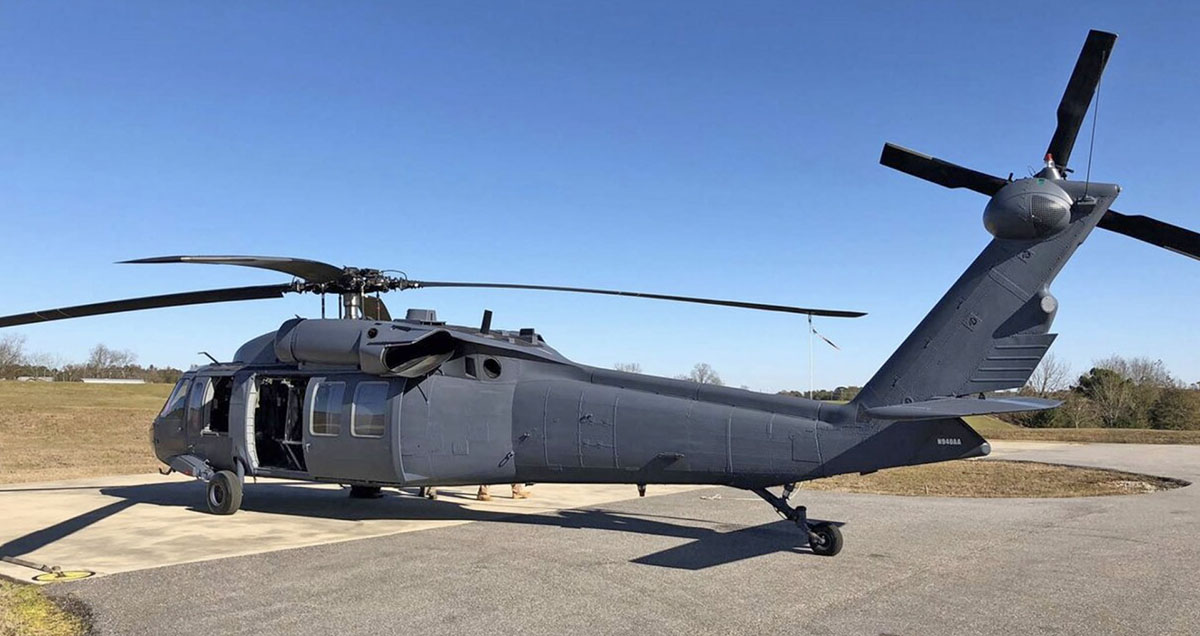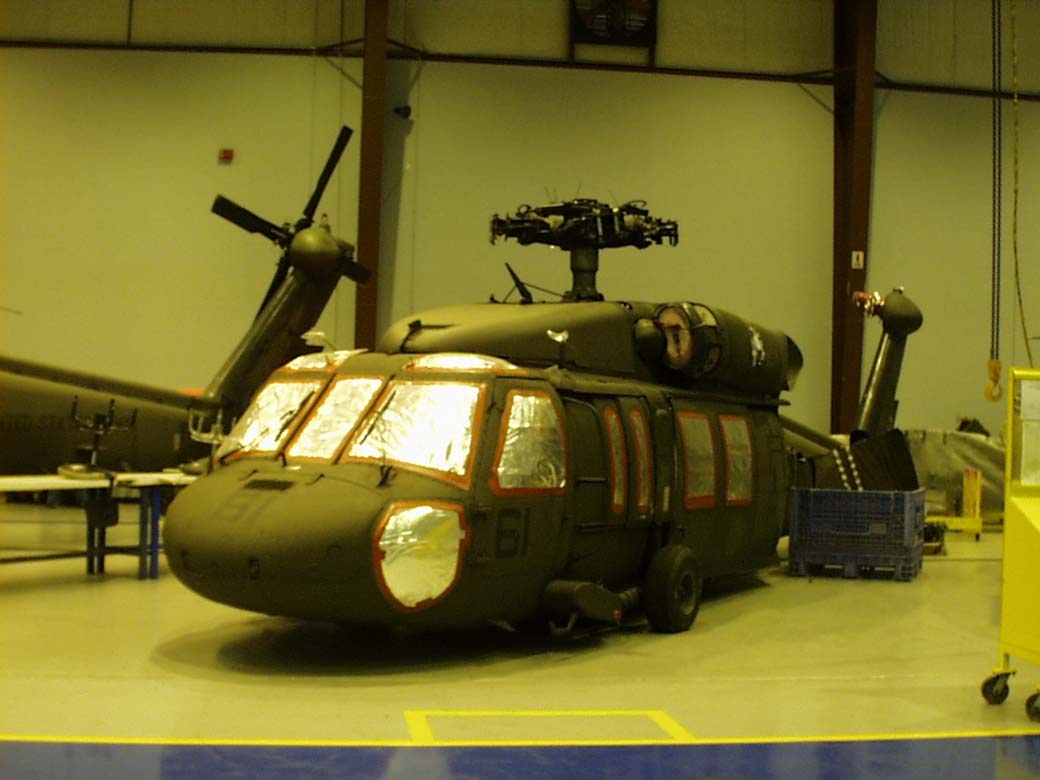UH 60 Helicopter Specifications: What Sets It Apart from Other Military Aircraft
UH 60 Helicopter Specifications: What Sets It Apart from Other Military Aircraft
Blog Article
Everything You Required to Learn About the UH 60 Helicopter
The UH-60 helicopter, a cornerstone of U.S. Military aeronautics because its launching in 1979, stands for a remarkable blend of engineering and operational flexibility. As military requirements progress, so too does the helicopter, with continuous improvements intended at boosting its abilities and incorporating contemporary innovations.
Background of the UH-60
Established in the late 1970s, the UH-60 Black Hawk helicopter became a response to the united state Army's demand for a versatile utility helicopter that could carry out a range of objectives under tough problems. The inspiration for its layout was the imperfections identified in the earlier helicopters used during the Vietnam War, especially in regards to rate, survivability, and ability to move.
The Black Hawk was made by Sikorsky Aircraft, incorporating advanced innovations and materials to enhance its performance and toughness. It was formally presented right into service in 1979, promptly coming to be an important possession for military operations - uh 60. Its capacity to transport soldiers, clinical emptying, and logistical support in both fight and altruistic objectives made the Black Hawk an invaluable component of the U.S. Military's aeronautics fleet
Throughout the decades, the UH-60 has actually been continuously upgraded, adapting to the altering nature of warfare and the developing needs of modern army operations. Its operational background includes participation in significant disputes, peacekeeping missions, and calamity relief initiatives, strengthening its online reputation as a efficient and reputable helicopter in various environments worldwide.

Layout and Specs
The layout of the UH-60 Black Hawk helicopter continually shows a dedication to functional efficiency and adaptability. Developed by Sikorsky Airplane, this medium-lift utility helicopter features a streamlined, aerodynamic fuselage that boosts rate and maneuverability. Its tandem rotor system, characterized by 2 counter-rotating blades, lessens resonance and enhances lift capacity, enabling more secure operations in varied settings.
The UH-60 is powered by two T700-GE-701C turboshaft engines, providing a maximum rate of roughly 180 knots and an array of around 400 nautical miles. Its robust airframe is created from advanced composite products, ensuring durability while keeping a relatively low weight. The helicopter has an optimum gross weight of concerning 22,000 pounds, supporting a functional payload arrangement.

Duties and Goals
A versatile platform, the UH-60 Black Hawk helicopter offers a multitude of functions and goals within military operations. Made primarily for army transport, it can carrying as much as 11 soldiers, making it an important property for quick deployment and logistical assistance.
Along with troop transportation, the UH-60 stands out in clinical discharge (MEDEVAC) goals, geared up with innovative medical more helpful hints devices to supply crucial treatment during transit. Its capability to run in varied environments improves its efficiency in fight search and rescue (CSAR) operations, where swift removal of personnel is essential.
The helicopter also plays a considerable function in reconnaissance and monitoring objectives, making use of onboard sensing units and equipment to collect intelligence. Additionally, its convenience includes logistical support, with the ability of transferring supplies and tools to ahead running bases - uh 60.
In battle procedures, the UH-60 can be equipped with different tool systems, enabling it to provide close air assistance. Its multi-role ability makes the Black Hawk a crucial device for modern-day military pressures, adapting perfectly to the developing needs of battleground scenarios and making certain goal success across an array of operational contexts.
Efficiency and Abilities
Known for its durable performance, the UH-60 Black Hawk helicopter flaunts impressive abilities that improve its operational effectiveness across various objectives. uh 60. This multi-role aircraft is geared up with effective twin-engine Turbomeca Arriel 1D1 engines, giving outstanding rate and ability to move, with an optimum cruise speed of approximately 150 knots and a functional series of around 400 maritime miles
The Black Hawk's sophisticated avionics and fly-by-wire control systems considerably enhance trip safety and handling, allowing it to operate in diverse environments, consisting of negative climate conditions. Its convenience is additional exhibited by its capacity to my blog bring up to 11 completely outfitted soldiers or a haul of around 8,000 pounds, making it excellent for army transportation, medical emptying, and logistical assistance objectives.
Furthermore, the UH-60 is made for survivability, featuring strengthened airframes, ballistic defense for team and passengers, and progressed countermeasure systems to evade risks. The helicopter's dexterity and speed, integrated with its capacity for rapid release, make it an important asset in contemporary army procedures, guaranteeing that it stays a crucial aspect of tactical air assistance and battlefield wheelchair.
Future Developments

One significant focus is the combination of advanced avionics systems, which will certainly improve situational understanding via improved navigating and communication abilities. This includes the potential use expert system to help pilots in decision-making and objective preparation.
Moreover, future versions might incorporate sophisticated products and layout features to strengthen the helicopter's durability and decrease its radar trademark, improving survivability in opposed atmospheres.
The intro of hybrid-electric propulsion systems is also advice on the horizon, aiming to improve fuel performance and decrease logistical burdens. Such advancements might expand functional range and minimize the helicopter's ecological footprint.

Verdict
The UH-60 helicopter represents a substantial improvement in military air travel because its introduction in 1979. The UH-60's withstanding presence highlights its essential function in modern armed forces procedures and highlights the ongoing advancement of military aviation innovation.
The UH-60 helicopter, a keystone of U.S. Army aeronautics since its debut in 1979, represents an impressive blend of engineering and functional versatility. As military needs advance, so too does the helicopter, with continuous improvements intended at enhancing its capabilities and integrating contemporary innovations.The layout of the UH-60 Black Hawk helicopter regularly shows a dedication to functional performance and convenience. Established by Sikorsky Airplane, this medium-lift utility helicopter includes a sleek, wind resistant body that enhances rate and ability to move.The UH-60 helicopter represents a substantial development in armed forces aeronautics since its introduction in 1979.
Report this page